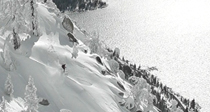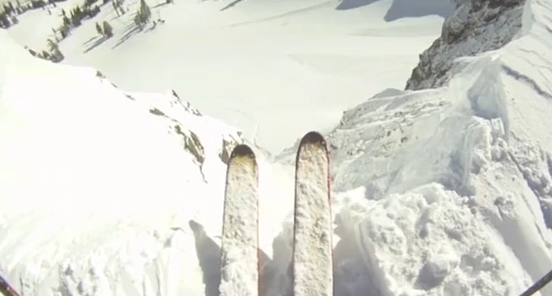The Story of the 1960 Olympic Winter Games Squaw Valley & Lake Tahoe
By David C. Antonucci
Squaw has always been proud of its place in Olympic history. Families take photos with the torch and rings at the valley entrance and visit the museum at the top of the mountain. Now, as Reno/Tahoe considers a bid for the 2022 Winter Olympics, its a great time to look back at what happened in 1960 when, as Antonucci puts it, “the highly improbably became wildly successful.”
Antonucci’s book provides an overview of the cultural and geographical history of Squaw Valley, and the story of the development of the valley by Wayne Poulsen and Alex Cushing.
The book describes how Cushing renamed Squaw Valley to Olympic Valley to help his odds of winning the Olympic bid, and then went on to secure the bid and build the $5 million Olympic Village. Black and white photos of the Olympic Village and the events — including alpine skiing, Nordic combined, cross-country skiing, figure skating, speed skating, ice hockey, ski jumping and biathalon — paint a complete picture of what it was like to be at the 1960 Olympic Games.
Each event and competition is described in extensive detail, including biographies of the athletes, background history of the particular event, and special notes about techniques and technologies that were used for the first time. Some of these include wood-plastic-metal composite skis, grooming machines, artificially chilled ice and accurate, instantaneous scoring and reporting.
A historic milestone, 1960 Olympic Games put the “New West” on the map and brought our region into the public consciousness as a winter resort destination. Antonucci’s book is a must read for ski history buffs and anyone who wants to learn more about Squaw Valley and the 1960 Winter Olympic Games.




Recent Comments